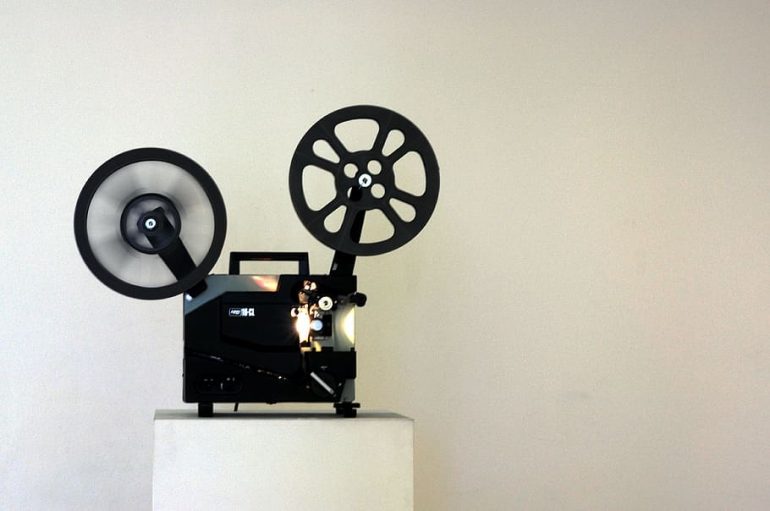Film sets are bustling environments filled with creativity, coordination, and countless moving parts. Behind the camera lies a world that requires meticulous planning, which includes managing equipment, props, costumes, and tools. One often-overlooked solution for efficient organization is the use of sheds for storage. Whether you’re filming on location or in a studio, storage sheds can be a game-changer in keeping your production on track.
The Crucial Need for Storage on Film Sets
Film production involves far more than shooting scenes. There’s a constant shuffle of lighting rigs, camera gear, props, costumes, set pieces, and tools. Each department relies on having immediate access to specific items, often in tight timeframes.
Without an organized system, crews can waste valuable time searching for lost equipment or dealing with weather-damaged gear. Lack of proper storage can also create safety hazards and increase the risk of theft. This is especially true for outdoor or remote shoots where there may be no existing infrastructure.
Storage sheds step in to solve this problem by providing a secure, weatherproof, and accessible space to store essential items right on-site.
Why Storage Sheds Are Ideal for Film Sets
Sheds offer a unique combination of convenience, versatility, and security. They’re portable, customizable, and easy to install almost anywhere. Compared to renting warehouse space or transporting equipment long distances, using sheds is often more cost-effective and logistically simple.
Many productions prefer sheds over trailers because sheds can be tailored to their exact needs. You can modify them with internal shelving, racks, power sources, and lighting. Whether you need a dry space to store props or a temperature-controlled environment for sensitive gear, sheds can deliver.
Types of Sheds Commonly Used in Film Production
The type of shed used often depends on the demands of the production:
- Metal Sheds
Metal sheds are sturdy, secure, and weather-resistant—ideal for storing expensive gear such as cameras, lighting equipment, and sound gear. They often come with locking doors and reinforced panels, making them difficult to tamper with.
- Wooden Sheds
Wooden sheds for storage are preferred when the shed itself might be seen on camera or needs to match the aesthetics of a period piece. They provide a classic look and can be insulated or finished inside, though they may require more maintenance.
- Plastic/Resin Sheds
These are lightweight and easy to move, making them perfect for short-term or location-based shoots. They resist moisture and don’t require painting or sealing, though they may not be as durable or secure as metal alternatives.
- Custom Sheds
Larger productions may build custom sheds designed specifically for their workflow. These units can serve as multi-functional spaces—combining storage with workspace, costume prep, or even editing stations.
Key Advantages of Using Sheds on Set
Convenient On-Site Access
Having storage sheds directly on set eliminates the need to shuttle equipment back and forth from distant warehouses. This can save hours of downtime and streamline production operations.
Weather Protection
Sheds provide essential shelter from rain, snow, or harsh sun. Delicate props, electronics, and materials stay dry, clean, and operational throughout the shoot.
Security and Theft Prevention
Movie sets often hold gear worth hundreds of thousands of dollars. A lockable, reinforced shed offers peace of mind, especially on remote or public locations. Some productions even install surveillance around high-value storage sheds.
Better Organization
Sheds give each department a designated area to store and manage their tools. With labeled shelves, bins, and workstations, everything stays tidy and accessible, reducing the risk of loss or damage.
How to Choose the Right Shed for Your Production
Selecting the right shed starts with assessing your production’s unique needs:
Duration of Shoot: For longer projects, invest in durable, weatherproof units. Shorter shoots may benefit from lightweight, easy-to-assemble sheds.
Location Constraints: Will you be filming in a tight urban lot or a vast outdoor space? Consider shed size and mobility accordingly.
Security Needs: Choose metal or reinforced sheds if theft or tampering is a concern. Add locks or even internal safes for high-value items.
Customization: If you need lighting, power, or shelving, look for sheds that can be easily modified—or opt for a custom solution.
Also, check local regulations for temporary structures, especially when filming on public or rented land.
Tips for Maximizing Shed Efficiency
Once you’ve chosen your sheds, make sure to use them effectively:
Organize by Department
Assign specific sheds to different crews—props in one, lighting in another, costumes in a third. This prevents overlap and minimizes confusion.
Use Shelving and Bins
Vertical space is often underused. Install shelves and stackable bins to maximize storage capacity. Clearly label everything for faster retrieval.
Maintain an Inventory
Keep a running log of items stored in each shed, especially ones of value such as antiques and furniture. Digital inventory apps or simple spreadsheets can save time and prevent misplaced gear.
Regular Maintenance
Check sheds regularly for signs of wear, leaks, or pest issues. Ensure locks are functioning and that the interior remains clean and dry.
Final Thoughts
In a fast-paced, high-pressure environment like a movie set, organization and efficiency can make or break your schedule. Sheds provide a practical, affordable, and customizable solution to the often-overlooked challenge of storage.
From small indie productions to major blockbusters, sheds offer a flexible way to manage everything from wardrobe and props to technical gear. They protect your investment, streamline your workflow, and ensure that every department has what it needs, when it needs it.
If you’re planning a production—especially one that involves outdoor locations or mobile setups—consider adding storage sheds to your checklist. It might just be the smartest logistical move you make.






